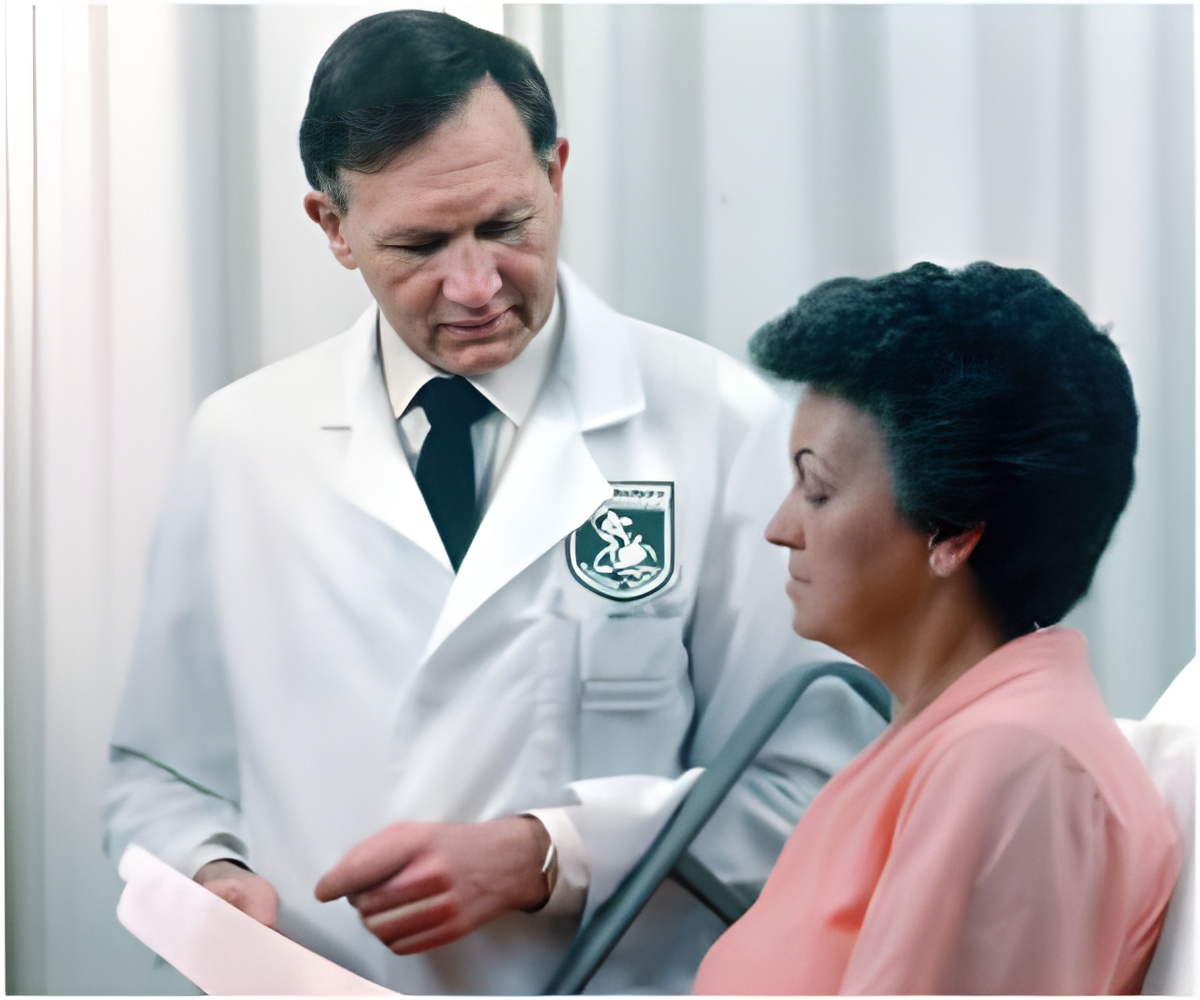Mental health issues generally tend to develop starting around ages 15 to 24, but can show up in children even as young as six.

‘Proper support, whether it be therapy, medication or both ― really does work but needs to be more available to those in need.’





While big cities, like Las Vegas or Birmingham for example, may have a high concentration of mental health professionals, rural areas likely have significantly fewer clinicians. This is where innovations like telemedicine can come into play, as well as more funding for medicaid and better insurance policies, he explained. Greden says there needs to be a better focus on distribution of health care workers for rural states like Nevada and Alabama. “These investments would pay dividends that are unimaginable,” Greden said. “It would save and improve so many lives. Increasing access and getting rid of the shortages in the mental health workforce would be some of the best things that states could do.”
States with relatively limited providers need to look at additional service options for people in less-populated areas. That, of course, presents its own challenges. Mental health clinicians need to be certified in their state in order to provide holistic care for their clients, making it difficult to completely outsource via online platforms.
However, Gionfriddo says there are some workarounds. By knowing these roadblocks, government officials can properly invest in telemedicine so that they can have certified practitioners give care.
Policy makers should also recognize that people with mental health conditions want to be heard by other people who are dealing with their same challenges. Low-ranking states have the opportunity to certify peer counsellors in their states which can close some of the gap, he said.
Advertisement
Mental Health America’s analysis also highlights a growing problem when it comes to adolescent mental health. The rates of youth depression increased from 8.5 percent in 2011 to 11.1 percent in 2014. And at least 6 out of 10 children and young adults don’t receive adequate care, according to the report.
“Letting these illnesses go only makes them worse,” Greden said. “We believe that not addressing mental health issues in children and teenagers is likely a variable in so many educational problems. Treatment can lead to success.”
Gionfriddo hopes that the report opens people’s eyes to the disparities in mental health and available care for those who need it. “I want people to be advocates,” he said. “People can engage with policy leaders to make a difference in state and local areas. There are lots of routes that lead to recovery and wellbeing.”
Ultimately, the goal should be to prioritize wellness and help those with mental health conditions live full and productive lives, Greden explained. Research shows proper support ― whether it be therapy, medication or both ― really does work. There just needs to be more availability of those resources.
Source-Medindia















